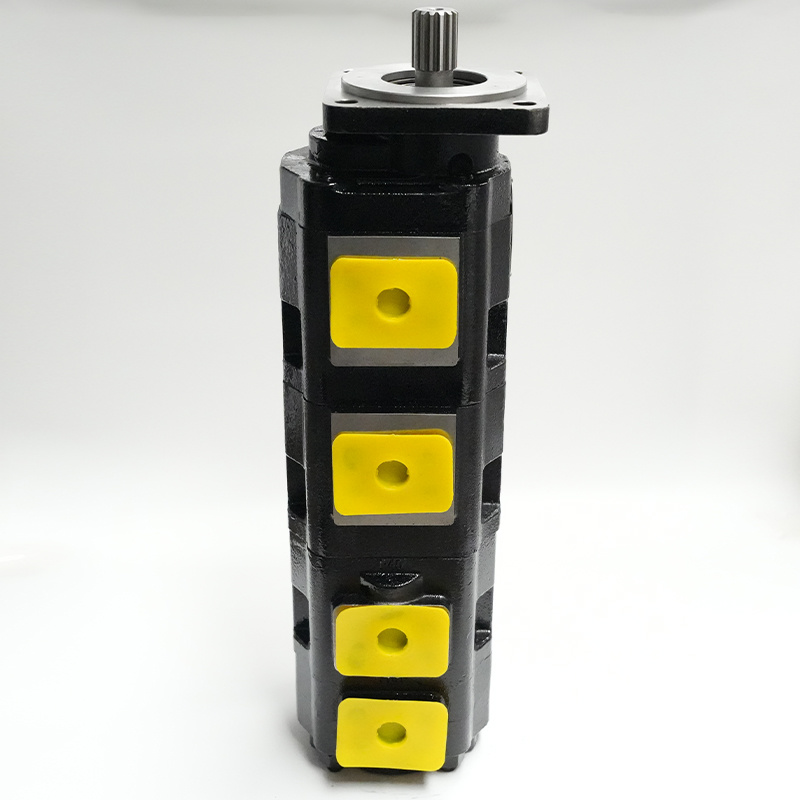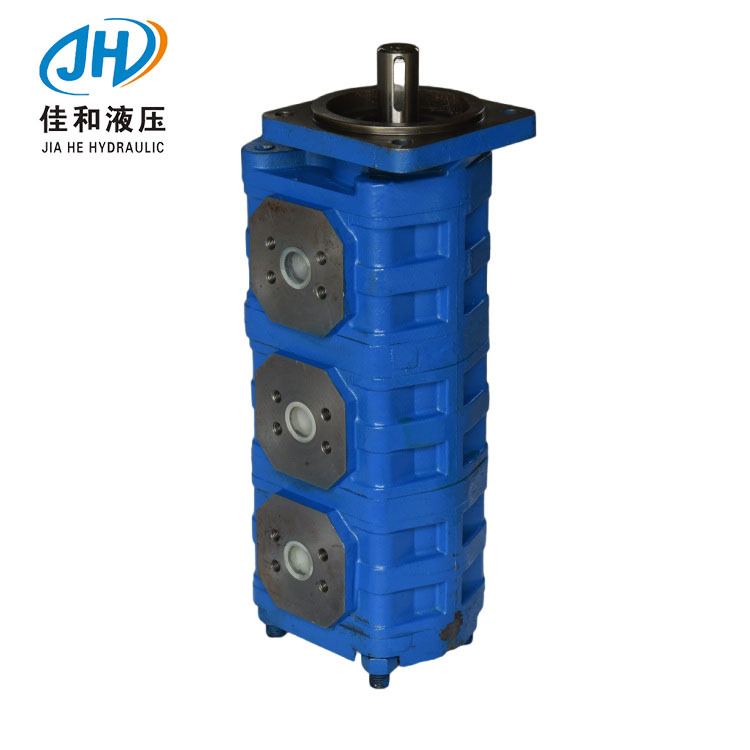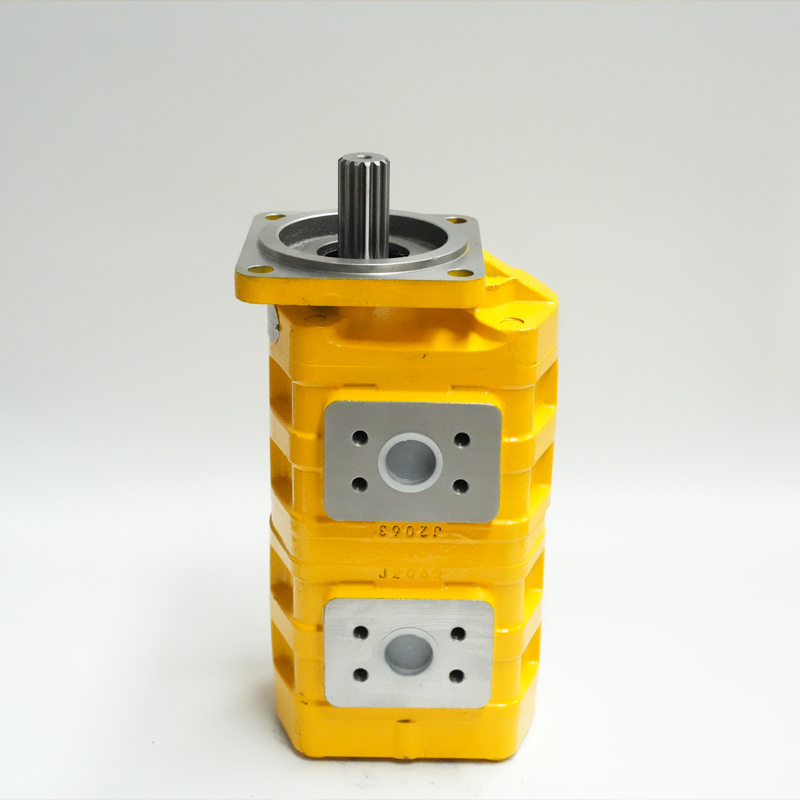Hydraulic Pump Fault Diagnosis Method
Release Time:
Jun 13,2025
When we use hydraulic pumps, there will be some small problems, we often ignore, serious will affect the use, in fact, these small faults we can diagnose more simply, the following will teach you the method:
Visual diagnostics
Use your eyes to observe the working condition of the hydraulic system, observe the pressure value and temperature changes of each pressure measurement point of the hydraulic system, and check whether the oil is clean and whether the oil volume is sufficient. Observe whether there is oil leakage at the hydraulic valve and pipeline joints, the end cover of the hydraulic cylinder, and the transmission shaft of the hydraulic pump. Observe the products processed from the equipment or the performance test carried out, and identify the working state of the moving mechanism, the stability of the system pressure and flow, and the working state of the solenoid valve.
Auditory diagnostics
Use your ears to judge whether the hydraulic system or components are working properly, etc. Listen to the hydraulic pump and hydraulic system to see if the noise is too loud; Listen to the relief valve and other components for abnormal sounds; Listen to whether the impact sound is too loud when the workbench is reversed; Listen to the sound of the piston hitting the bottom of the hydraulic cylinder, etc.
Tactile diagnostics
Touch the temperature and working status of the moving parts with your hands, and touch the temperature of the hydraulic pump housing, the outer wall of the fuel tank and the valve body shell with your hands. The normal temperature should be around 55°C, and if it exceeds 60°C, the cause should be detected. Touch the moving parts and tubing with your hands to feel if there is any noticeable vibration.
Olfactory diagnosis
If you smell the local scorching smell of the hydraulic oil, it means that the hydraulic pump and other hydraulic components are locally heated, resulting in the hydraulic oil being scorched and smoking, according to which the heating part can be judged. Smell whether the hydraulic oil has a foul smell or pungent spicy smell, if it means that the hydraulic oil has been seriously polluted and can not be used again.
Key words:
Related News












